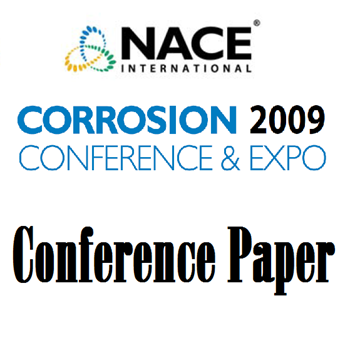Search
09308 Environmental Cracking Assessment Challenges
Also Purchased
09309 Evaluation of Testing Conditions Effects on the Resistance to Sulfide Stress Cracking
Product Number:
51300-09309-SG
ISBN:
09309 2009 CP
Publication Date:
2009
$20.00
09296 Fracture Analysis of Slow Strain Rate Test for Stress Corrosion Cracking
Product Number:
51300-09296-SG
ISBN:
09296 2009 CP
Publication Date:
2009
$20.00
09304 Effects of Potential and Strain Rate on the Cracking Behavior of Alloy 182 Weld in Hydrochloric Acid Solution
Product Number:
51300-09304-SG
ISBN:
09304 2009 CP
Publication Date:
2009
$20.00
Recently viewed




